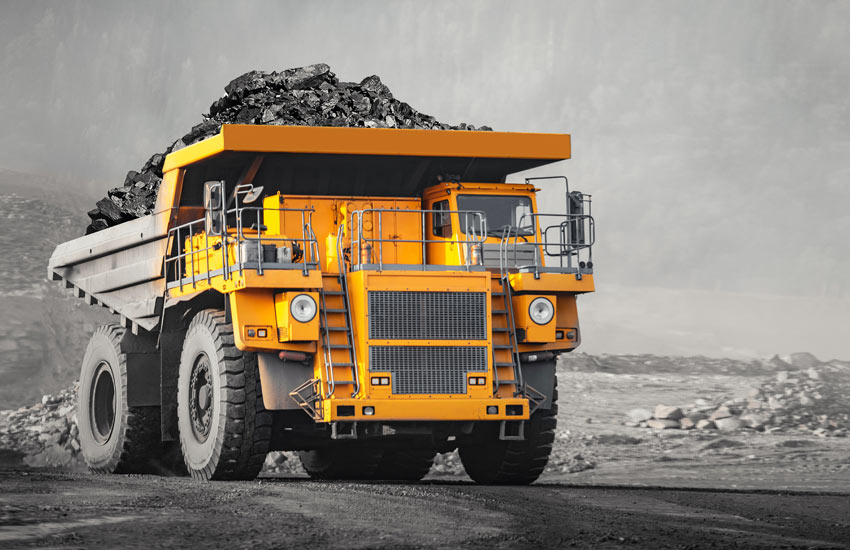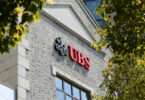Today Letter of Credit blockchain Contour announced a collaboration with MineHub that enables visibility in mining supply chains.
Contour has digitized the Letter of Credit process and adds security through using blockchain and cryptography. While that’s a big win, a greater benefit is gleaned if the underlying transaction documents supporting the trade finance are digitized. This is where the deal between the two companies comes in.
A 2017 World Economic Forum whitepaper estimated that $320 billion in value would be generated from the metals and mining sector in the decade to 2025.
The trade finance network runs on R3’s Corda enterprise blockchain and MineHub uses Hyperledger Fabric. Despite the different technologies, transactions from MineHub will be able to flow onto Contour via an API connection. This will enable mining companies to plug into financing from the Contour trade finance network of 19 banks, including Bank of China, Citi, DBS, HSBC, ING and Standard Chartered.
“Partnering with MineHub is a natural fit as we are both striving to make doing business across borders better and smarter, reducing time, cost and risk,” said Carl Wegner, CEO at Contour. “We both use cutting-edge enterprise blockchain technology to deliver on this goal, and the combined power of our offerings will greatly improve how information is shared throughout the lifecycle of a transaction in the metals and mining industry.”
Both networks have an eye on Asia. MineHub was incorporated in Canada but has a business development presence in China, Singapore and Japan. Contour was founded in Singapore.
In June last year, MineHub announced that BHP, the world’s largest mining company (by market capitalization), executed an iron ore trade with China Baowu on its platform. Minehub was founded by CEO Arnoud Star Busmann, who spent nine years at ING as innovation lead for commodities. The network initially went live in 2019.
At the time, it looked like it might be up against some stiff competition. Forcefield was a blockchain consortium that included Anglo American, Mercuria, ING, ABN Amro, Accenture and others. It aimed to target commodities, starting with metals. A company was incorporated in Singapore, but it has not been capitalized so far, and the sole shareholder remains Mercuria.
Nonetheless, there’s significant activity in metals and minerals in the blockchain sector, with much of it focusing on sustainable mining. Rio Tinto recently launched a blockchain to track the sustainability of aluminum. The Mining and Metals Blockchain Initiative from the World Economic Forum has numerous big-name participants such as Anglo American, Glencore and Tata Steel. Late last year, it completed a proof of concept for a Carbon Tracing Platform.
IBM has its Responsible Sourcing Blockchain Network which boasts mining firms and car manufacturers as members. Perhaps the one that’s made the most progress is startup Circulor, one of the first to target blockchain for sustainability, and it has partnered with several auto firms.






